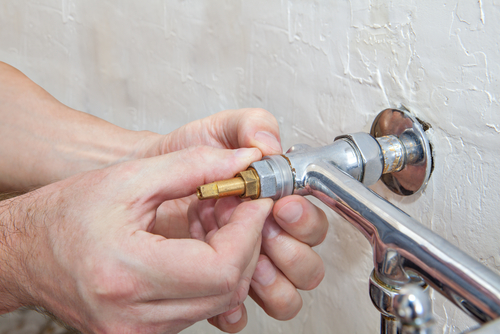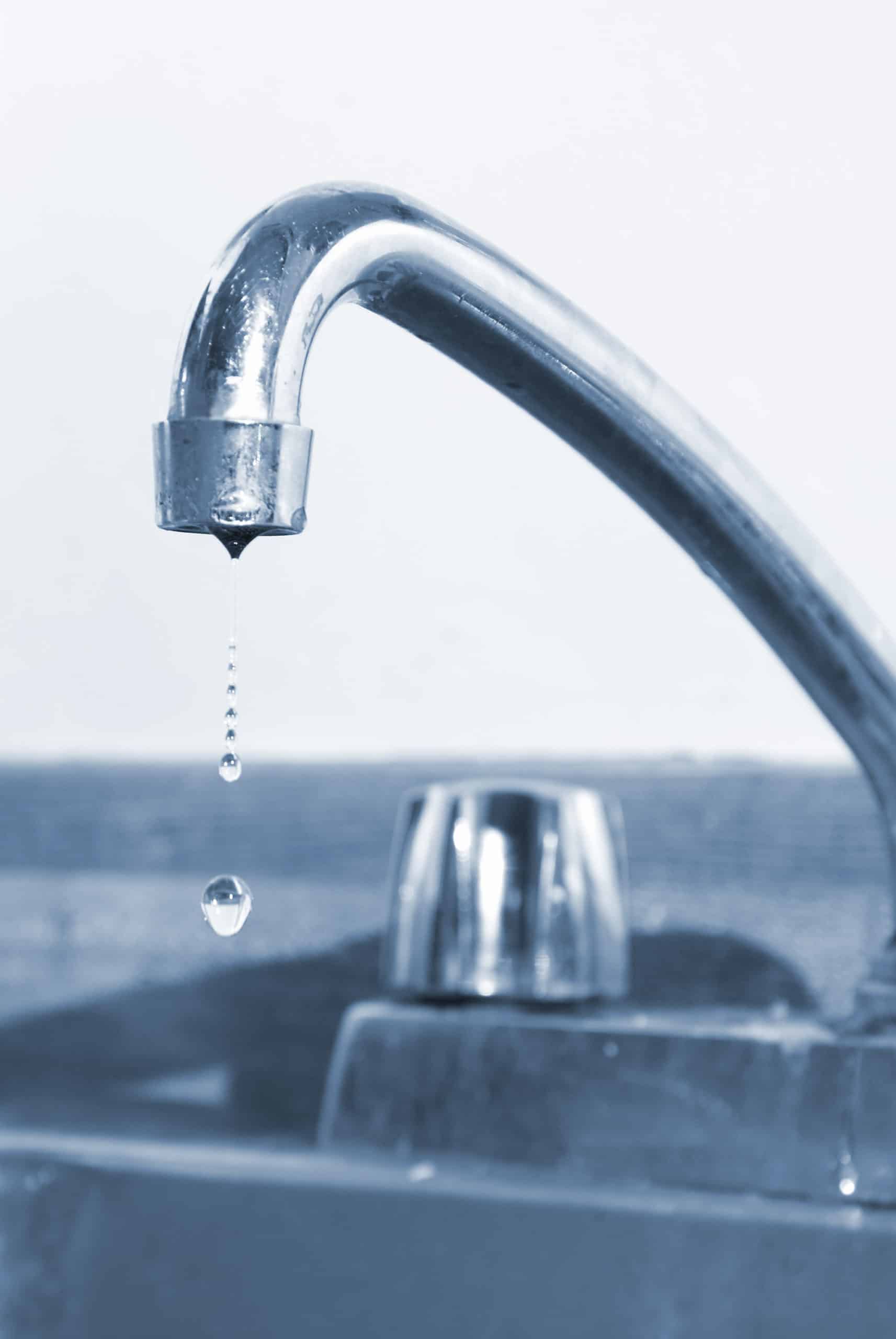Understanding the Significance of Fixing a Leaking Faucet
Understanding the Significance of Fixing a Leaking Faucet
Blog Article
What're your opinions concerning Water Dripping from Faucet: Why and How to Fix?

Dripping faucets might look like a minor inconvenience, but their impact surpasses simply the aggravation of the sound. From drainage to sustaining unnecessary financial prices and wellness dangers, disregarding a dripping tap can cause various effects. In this short article, we'll delve into why it's vital to address this usual home concern immediately and effectively.
Waste of Water
Environmental Effect
Dripping faucets contribute substantially to water wastage. According to the Environmental Protection Agency (EPA), a solitary faucet dripping at one drip per secondly can throw away more than 3,000 gallons of water annually. This not just pressures water resources yet also impacts communities and wild animals depending on them.
Financial Expenses
Boosted Water Costs
Beyond the environmental effect, dripping taps can pump up water costs considerably. The collected wastage over time converts right into higher energy costs, which could have been stayed clear of with prompt repair services.
Potential Residential Property Damage
In addition, extended trickling can result in damage to components and surface areas bordering the tap. Water accumulation can create staining, rust, and also structural problems if left neglected, resulting in extra repair expenses.
Wellness Issues
Mold And Mildew and Mold Development
The constant presence of wetness from a leaking tap creates an optimal setting for mold and mildew and mold development. These fungis not just endanger interior air top quality yet likewise present health and wellness dangers, especially for individuals with respiratory conditions or allergic reactions.
Waterborne Conditions
Stationary water in dripping faucets can end up being a breeding ground for bacteria and other microorganisms, boosting the threat of waterborne conditions. Pollutants such as Legionella bacteria flourish in stagnant water, possibly bring about severe illnesses when ingested or breathed in.
DIY vs. Specialist Repair work
Advantages and disadvantages of DIY Repair Work
While some might try to take care of a dripping tap themselves, DIY repair work include their very own collection of challenges. Without correct understanding and devices, DIY efforts can intensify the concern or result in insufficient repair work, lengthening the problem.
Benefits of Hiring a Professional Plumber
Hiring a specialist plumber ensures that the underlying reason for the leaking tap is resolved effectively. Plumbing technicians have the know-how and equipment to diagnose and repair faucet problems effectively, saving time and lessening the threat of additional damage.
Step-by-Step Overview to Fixing a Dripping Tap
Devices Called for
Before attempting to deal with a trickling faucet, collect the essential tools, consisting of an adjustable wrench, screwdrivers, replacement parts (such as washing machines or cartridges), and plumber's tape.
Common Tap Issues and Their Solutions
Determine the sort of faucet and the specific problem causing the drip. Typical troubles include damaged washing machines, corroded shutoff seats, or malfunctioning O-rings. Describe manufacturer guidelines or on the internet tutorials for step-by-step guidance on repair work.
Preventive Measures
Normal Upkeep Tips
To prevent leaking faucets, do regular upkeep such as cleansing aerators, checking for leakages, and replacing worn-out components promptly. Furthermore, consider installing water-saving tools or upgrading to a lot more efficient components.
Significance of Prompt Fixes
Addressing leaking faucets as quickly as they're seen protects against further water wastage and prospective damage, eventually saving both water and money over time.
Effect On Residential Or Commercial Property Value
Perception of Well-Maintained Residential Or Commercial Property
Maintaining a home in good condition, including resolving maintenance concerns like dripping faucets, boosts its perceived worth and worth amongst prospective buyers or renters.
Influence on Resale Value
Qualities with properly maintained plumbing components, consisting of taps, command greater resale values in the real estate market. Addressing trickling taps can contribute to a positive impact during home inspections and arrangements.
Environmental Responsibility
Individual Payment to Conservation
Taking duty for repairing trickling faucets straightens with broader initiatives toward water preservation and ecological sustainability. Every individual's activities jointly make a considerable influence on preserving valuable sources.
Sustainable Living Practices
By prioritizing timely repairs and embracing water-saving habits, individuals contribute to lasting living practices that benefit both present and future generations.
Verdict
Resolving a trickling faucet exceeds plain convenience; it's a vital step towards saving water, decreasing economic costs, and securing wellness and building. Whether through DIY fixings or specialist help, doing something about it to fix dripping faucets is a small yet impactful way to promote responsible stewardship of sources and add to a much healthier, extra lasting future.
How to Fix a Dripping or Leaky Faucet
A leaking faucet is one of the most common problems that homeowners encounter, but it being commonplace doesn’t make it any less annoying. The constant drip drip drip of a leaking bathtub faucet, showerhead, or sink tap can disturb your home’s serenity. Left neglected, a dripping faucet can also result in higher water bills and discoloration or mold growth in your sink or plumbing fixtures.
Fortunately, you don’t have to be a trained plumber to know how to stop a dripping faucet. With some basic tools, replacement parts, and a little patience, leaky faucet repair is a breeze. In this article, we’ll explain what causes dripping faucets and how you can fix them.
What Causes a Leaking Faucet?
Kitchen and bathroom faucets come in all manner of designs, but most involve some combination of valves, O-rings, seals, and washers. The O-ring is usually the weakest link, but any one of these pieces can wear down over time. Heat, moisture, temperature fluctuations, minerals, mold, and movement can contribute to warping and corrosion, breaking the watertight seal. This just comes with the territory of being a homeowner. Everything is always subject to wear and tear, and some component parts of your appliances and fixtures need to be replaced on occasion. At least replacement O-rings are cheap!
More rarely, dripping faucets can be a symptom of excessively high water pressure. Were this the case in your home, you would probably notice that the leak is not isolated to one faucet. Water pressure issues are harder to resolve on your own. We recommend contacting a professional plumber if you suspect your water pressure is too high.
How to Fix a Dripping Faucet
Pipe wrench or monkey wrench Allen wrench set Screwdrivers Old towel or rag Shut off the water.
Before you do anything, you need to turn off the water to keep from drenching your kitchen or bathroom. You should find a valve under the sink and against the wall. Once you’ve turned this valve, try turning the faucet on to confirm that the water source has been cut off.
If you can’t locate your local valve for the faucet you’re working on, you can always shut off the water to the house at the main valve. Of course, this will prohibit anyone from using the sinks, showers, or toilets while you’re working on the faucet that’s giving you trouble.
Plug or block the drain.
You’ll be disassembling the faucet and removing some small bits of hardware. Plug the drain with a stopper or rag to avoid the possibility of a small screw falling into your P-trap.
Take apart the faucet assembly.
There are several varieties of kitchen and bathroom faucets, each with its own manner of assembly. For detailed instructions on how to disassemble your faucet, you can refer to the fixture’s manual or contact the manufacturer. If you know whether you have a ball, disc, cartridge, or compression faucet, you can find detailed schematics online.
In general, you need to begin by removing the faucet handles. You might notice a small screw that you’ll need to remove with a screwdriver or Allen wrench. If you don’t see any visible securing hardware, it’s likely hidden under a decorative cap that can be unscrewed or popped off with flathead screwdriver.
Remove each piece methodically, consulting a schematic when necessary. Take notes or arrange the pieces in such a way to make it easier to correctly reassemble the faucet later.
Remove the cartridge.
Once you’ve removed the handles and securing hardware, you should be able to remove the valve cartridge or stem. Some cartridges will slide right out. Other faucet models will require you to loosen a nut with a pipe wrench before you can remove the valve stem.
Examine the exposed hardware.
With the cartridge or stem removed, inspect the component parts. Check the rubber O-rings for wear and tear. Also examine the seat washer for corrosion or other damage. These pieces are usually the responsible parties for a dripping faucet, but it’s worth inspecting the other component parts while you have the faucet disassembled.
Find replacement parts.
Once you’ve identified which faucet component has failed, find an identical replacement. Your local hardware store should have O-rings, seat washers, and other standard components in stock. If you have a luxury or uncommon faucet, you may have to contact the manufacturer for a replacement part.
It’s a good idea to take your old parts with you to the hardware store so you can compare them with the store’s inventory and be sure you’re purchasing the correct replacement.
Reassemble the faucet.
With your new parts in hand, reconstruct the faucet and handles. Don’t be tempted to overtighten screws or nuts. You might think this could create a better seal, but it can instead damage or bend a delicate part of the assembly and create a new problem for you.
Turn on the water and test the faucet.
The only thing left to do is test your work. Unplug the sink, turn the water back on, and try the faucet. Congratulate yourself on a job well done!
https://www.libertyhomeguard.com/how-to-fix-a-dripping-or-leaky-faucet/

I found that page on Why Are My Faucets Dripping (And Can I Fix It Myself)? when browsing on the internet. Be sure to take the opportunity to distribute this content if you enjoyed it. Thanks for being here. Kindly visit our blog back soon.
Report this page